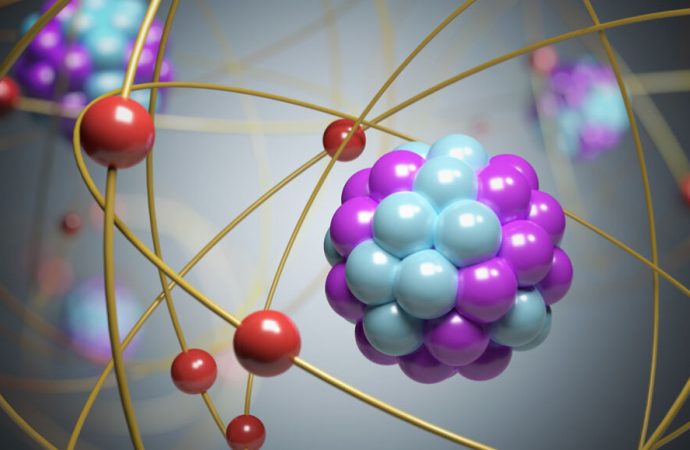Different types of atoms fall with the same acceleration due to gravity
Source: Science News
According to legend, Galileo dropped weights off of the Leaning Tower of Pisa, showing that gravity causes objects of different masses to fall with the same acceleration. In recent years, researchers have taken to replicating this test in a way that the Italian scientist probably never envisioned — by dropping atoms.
A new study describes the most sensitive atom-drop test so far and shows that Galileo’s gravity experiment still holds up — even for individual atoms. Two different types of atoms had the same acceleration within about a part per trillion, or 0.0000000001 percent, physicists report in a paper in press in Physical Review Letters.
Compared with a previous atom-drop test, the new research is a thousand times as sensitive. “It represents a leap forward,” says physicist Guglielmo Tino of the University of Florence, who was not involved with the new study.
Researchers compared rubidium atoms of two different isotopes, atoms that contain different numbers of neutrons in their nuclei. The team launched clouds of these atoms about 8.6 meters high in a tube under vacuum. As the atoms rose and fell, both varieties accelerated at essentially the same rate, the researchers found.
In confirming Galileo’s gravity experiment yet again, the result upholds the equivalence principle, a foundation of Albert Einstein’s theory of gravity, general relativity. That principle states that an object’s inertial mass, which determines how much it accelerates when force is applied, is equivalent to its gravitational mass, which determines how strong a gravitational force it feels. The upshot: An object’s acceleration under gravity doesn’t depend on its mass or composition.
So far, the equivalence principle has withstood all tests. But atoms, which are subject to the strange laws of quantum mechanics, could reveal its weak points. “When you do the test with atoms … you’re testing the equivalence principle and stressing it in new ways,” says physicist Mark Kasevich of Stanford University.
Kasevich and colleagues studied the tiny particles using atom interferometry, which takes advantage of quantum mechanics to make extremely precise measurements. During the atoms’ flight, the scientists put the atoms in a state called a quantum superposition, in which particles don’t have one definite location. Instead, each atom existed in a superposition of two locations, separated by up to seven centimeters. When the atoms’ two locations were brought back together, the atoms interfered with themselves in a way that precisely revealed their relative acceleration.
Many scientists think that the equivalence principle will eventually falter. “We have reasonable expectations that our current theories … are not the end of the story,” says physicist Magdalena Zych of the University of Queensland in Brisbane, Australia, who was not involved with the research. That’s because quantum mechanics — the branch of physics that describes the counterintuitive physics of the very small — doesn’t mesh well with general relativity, leading scientists on a hunt for a theory of quantum gravity that could unite these ideas. Many scientists suspect that the new theory will violate the equivalence principle by an amount too small to have been detected with tests performed thus far.
But physicists hope to improve such atom-based tests in the future, for example by performing them in space, where objects can free-fall for extended periods of time. An equivalence principle test in space has already been performed with metal cylinders, but not yet with atoms.
Source: Science News

































Leave a Comment
You must be logged in to post a comment.